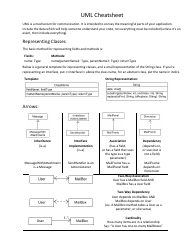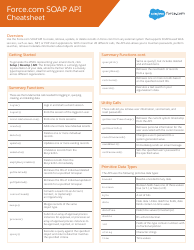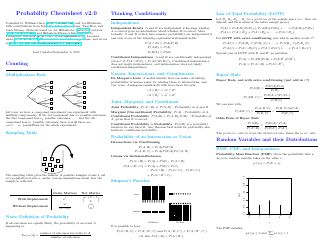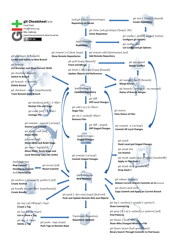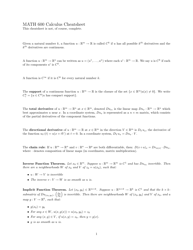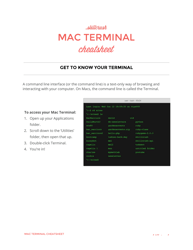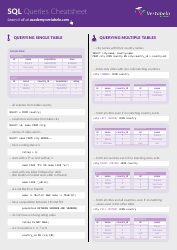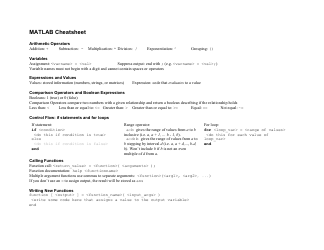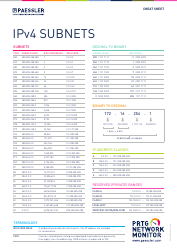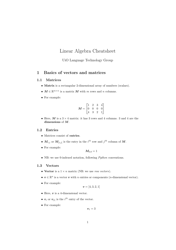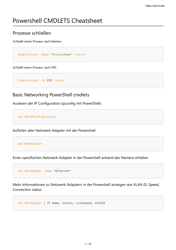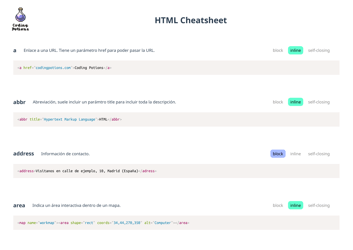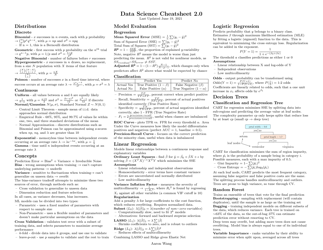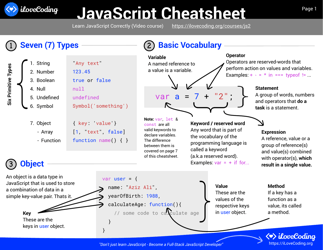Uml Cheatsheet
A UML cheatsheet is a quick reference guide for understanding and using UML (Unified Modeling Language) diagrams. UML is a standardized language used for visualizing, specifying, and documenting software systems. The cheatsheet helps developers and software architects quickly understand the different UML diagram types and their symbols.
FAQ
Q: What is UML?
A: UML stands for Unified Modeling Language, which is a standardized visual modeling language used in software engineering to design, document, and communicate system structure and behavior.
Q: What are the main components of UML?
A: The main components of UML include diagrams (such as class diagram, sequence diagram, and activity diagram) and a set of notation and symbols used to represent various elements in the diagrams.
Q: What is the purpose of UML?
A: The purpose of UML is to provide a common language and notation for developers, designers, and stakeholders to depict, understand, and communicate software systems and their interactions.
Q: What are some common UML diagrams?
A: Some common UML diagrams include class diagrams (to represent the structure of a system), sequence diagrams (to depict the interaction between objects over time), and activity diagrams (to show the workflow or flow of actions within a system).
Q: Is UML used only for software development?
A: No, UML can also be used in other domains like business process modeling, system engineering, and requirements engineering.









